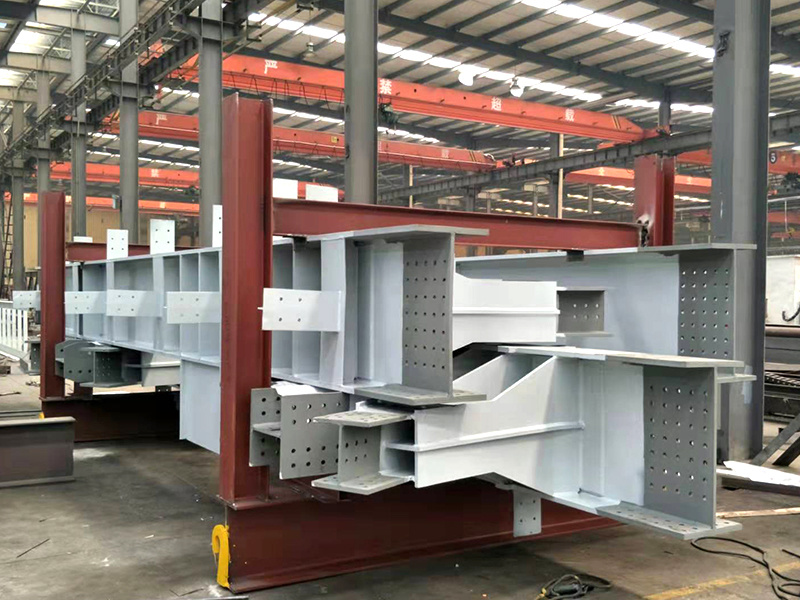Essential Insights on Steel Building Installation: A Comprehensive Guide
Release time:
2025-10-19
When it comes to steel building installation, understanding the nuances of the process is vital for ensuring structural integrity, efficiency, and safety. Steel structures are favored for their durability, cost-effectiveness, and speed of construction. However, proper installation techniques are essential to maximize these benefits. **Planning Stage** The steel building installation process begi

**Planning Stage**
The steel building installation process begins with a thorough planning phase. This involves site assessment, where factors such as soil condition, local weather patterns, and zoning regulations must be considered. Accurate architectural and engineering drawings are critical at this stage to ensure that all measurements align with the actual site layout. This foundational work sets the stage for a successful installation, as any discrepancies can lead to costly delays or structural issues.
**Foundation Preparation**
Once planning is complete, the next step is preparing the foundation. A solid foundation is crucial for any building, but it’s particularly important for steel structures due to their unique weight distribution. Depending on the design and local conditions, foundations may require footings, slab-on-grade, or deep foundations. It’s essential to follow the guidelines provided in the engineering drawings to guarantee that the foundation can support the steel framework effectively.
**Assembly Process**
The actual assembly of the steel building typically begins with the erection of the framework. This involves lifting steel beams and columns into place using cranes and securing them with bolts. It's important to adhere to safety protocols during this phase, as working at heights poses significant risks. Additionally, ensuring that all structural components are aligned correctly is vital to maintaining the overall integrity of the building.
**Connections and Joints**
Connections between various steel elements are critical in the installation process. Welded, bolted, or riveted connections need to be executed precisely to ensure that the structure can withstand loads and stresses. Pay attention to the specifications provided in the construction documents and follow industry best practices for connection types and installation methods.
**Inspection and Quality Control**
After the installation of the steel structure, thorough inspections should be conducted to ensure compliance with safety standards and building codes. Regular inspections can help identify potential issues early on, preventing future complications. Quality control is paramount throughout the entire process, and utilizing certified professionals can enhance overall project outcomes.
**Final Steps**
Once the steel building installation is complete, it’s essential to finish the structure appropriately. This may include adding insulation, cladding, and other architectural features that enhance both aesthetics and functionality. Proper finishing will also improve the building's energy efficiency and longevity, making it a valuable asset in the long term.
In summary, successful steel building installation encompasses meticulous planning, foundation preparation, careful assembly, precise connections, and diligent inspections. By following these steps, professionals in the construction and structural steel industry can ensure a robust and sustainable final product.
Tag:
Related News


Can't find the service you're looking for? Contact us!
To inquire about our products, please leave your email to us and we will contact you within 24 hours.
Contact Us
Telephone:+86 15522531711
Landline:086 22-86220000
E-mail:18133150209@139.com
Address: Three Communities of Agricultural Corporation of Lutai Economic Development Zone, Tangshan City,China




